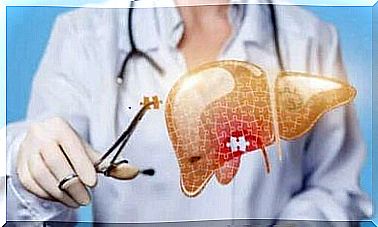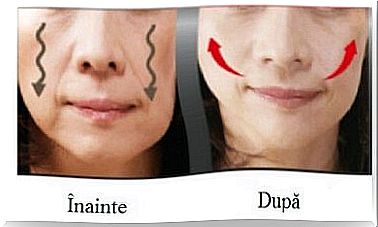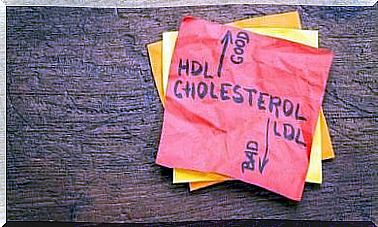What Is Atypical Pneumonia?
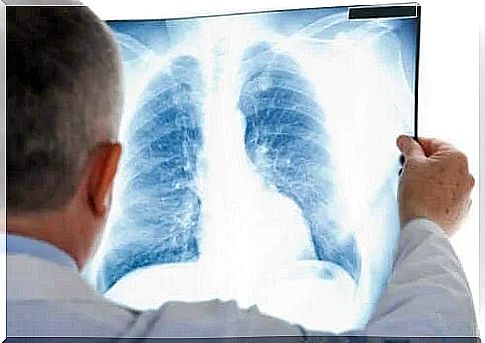
Pneumonia is a medical term that refers to an infection of the lungs caused by a virus or bacteria. In fact, it is a term that refers to many different etiologies. Therefore, doctors usually divide it into two groups: atypical and typical pneumonia.
At first, atypical pneumonia was so named to refer to cases caused by different and less common germs than those that produce typical pneumonia. But nowadays, doctors also use this term to describe the symptomatic differences between the two forms of the disease.
Atypical pneumonia is mainly caused by Mycoplasma pneumoniae, followed by other atypical germs. Outbreaks are more common in autumn and winter. In this article, we will explain everything you need to know about this condition and how to identify it in time.
As mentioned above, atypical pneumonia is a lung infection caused by uncommon viruses or bacteria. It is also called ambulatory pneumonia, and the vast majority of cases occur in autumn and winter.
Although the most common cause is M. pneumoniae infection , other germs can also cause this condition. The germs often associated with atypical pneumonia are: Coxiella burnetti, Legionella pneumophila, Chlamydia pneumoniae and Chlamydia psitacci.
Atypical pneumonia is usually milder than typical pneumonia. However, when it is caused by Legionella, there can be complications and it has a higher mortality rate.
It should be noted that this type of pneumonia can often occur after a cold that lasts more than seven or ten days. For example, a cold caused by a respiratory syncytial virus that does not heal permanently can lead to atypical pneumonia.
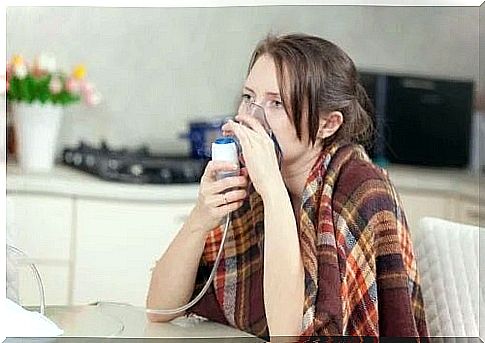
Another major difference between atypical and typical pneumonia is the clinical symptoms. These will largely depend on the area of the lung where the infection is located. That is, if it is in the highest part of the lungs, there will be greater difficulty breathing.
Symptoms of a cold or flu are most common, such as a fever around 38 ° C (100.4 ° F) and chills. Similarly, you may have sore throat or headache and even ear or chest pain. Because there is a general discomfort, in some cases you may experience loss of appetite and vomiting.
Cough in atypical pneumonia is a dry cough. This means that it is not accompanied by phlegm or mucus. In addition, breathing is often difficult and fast.
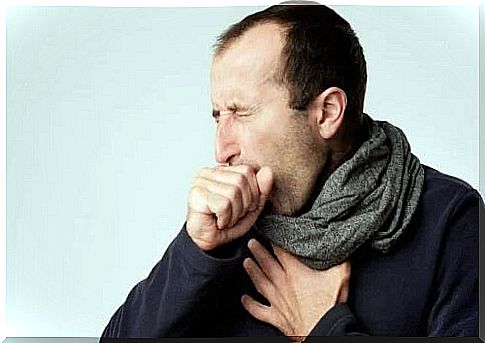
How do doctors treat and diagnose atypical pneumonia?
To diagnose atypical pneumonia, it is essential that the doctor knows all the symptoms. In addition, you should undergo a complete physical examination, which includes listening to your lungs. This way, your doctor will be able to hear the noises your lungs make when you breathe.
When it comes to atypical pneumonia, when you breathe, you hear a hiss similar to the wind. Sometimes, the doctor will also request a chest x-ray, as this test often reveals the source of the infection.
Because most causes are bacterial, the most common treatment is for antibiotics. If the infection is not very serious, you can take them orally for 7 to 10 days. It is important to note that atypical pneumonia can be contagious in some cases.
For this reason, we recommend that you avoid contact with other people and take appropriate hygiene measures. Also, when you have warning symptoms, it is important to consult a doctor to find out what your treatment options are. This way, you will avoid using over-the-counter antibiotics.

